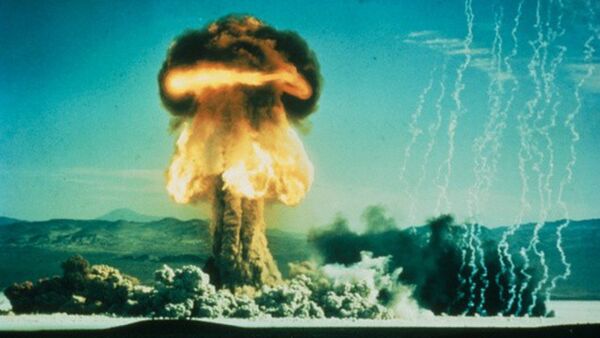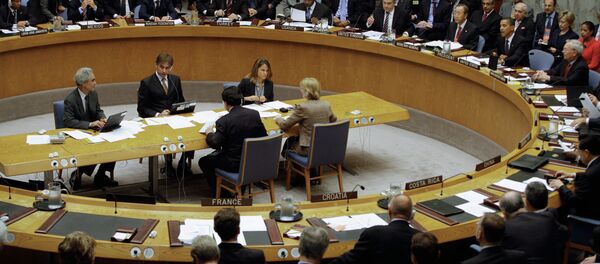The USSR ratified the document on November 24, 1969.
Since 1992, the Russian Federation has been the successor to the USSR as a party to the Treaty.
The Treaty has not been signed by neither India, Pakistan nor Israel. North Korea has announced its withdrawal from the NPT, but many states believe that the withdrawal was not completed correctly. The UN Secretariat continues to regard North Korea as a party to the NPT.
The Treaty aims to ensure international security. It sets out the states' obligations in preventing the proliferation of nuclear weapons and contributes to further steps for the use of nuclear energy for peaceful purposes. It consists of a preamble and 11 articles.
Under the Treaty, each nuclear-weapon state that is party to the Treaty is obliged to not transfer nuclear weapons or other nuclear explosive devices, or control over such weapons or explosive devices directly or indirectly to any recipient whatsoever.
Parties to the Treaty also must not in any way assist, encourage, or prompt any non-nuclear-weapon state to manufacture or otherwise acquire nuclear weapons or other nuclear explosive devices, or control over such weapons or explosive devices.
Each non-nuclear-weapon state party to the Treaty undertakes not to receive any nuclear weapons' transfer or the transfer of other nuclear explosive devices from any other state whatsoever; not to manufacture or otherwise acquire nuclear weapons or other nuclear explosive devices; and not to seek or receive any assistance in the manufacture of nuclear weapons or other nuclear explosive devices.
The Treaty records the inalienable right of all parties to the Treaty to conduct research, and develop the production and use of nuclear energy for peaceful purposes without discrimination and in conformity with the Treaty. To this end, all parties to the Treaty undertake to facilitate the fullest possible exchange of equipment, materials and scientific and technological information.
Each of the parties to the Treaty undertakes to pursue effective measures relating to the cessation of the nuclear arms race and to nuclear disarmament under strict and effective international control.
Control over the nonproliferation of nuclear weapons is entrusted to the International Atomic Energy Agency (IAEA) with which each non-nuclear-weapon state party to the Treaty must conclude an agreement.
The Treaty is reviewed every five years in meetings called Review Conferences of the Parties to the Treaty of the Non-Proliferation of Nuclear Weapons. At the 1995 Conference, the Treaty was extended indefinitely. The 2000 Conference adopted a final document that contains a list of multilateral measures for strengthening the nuclear nonproliferation regime, as well as disarmament, in the long term.
Between May 3 and 28, 2010, the Eighth NPT Review Conference took place in New York City. It adopted, by consensus, a two-part final document.
Part I reviews the implementation of all the articles of the Treaty. This part was adopted with the caveat that it reflects, to the best of the president's knowledge, what transpired with regard to the matters under review.
Part II contains conclusions and recommendations for follow-up actions, including 64 concrete steps to strengthen the Treaty by ensuring the right balance between its three pillars: nonproliferation, disarmament, and the right to the peaceful use of nuclear technology.
In 2012, the next NPT review cycle began and it will end with the 2015 Review Conference.
From April 30 to May 11, 2012, the first session of the NPT Preparatory Committee for the 2015 NPT Review Conference took place in Vienna. There was a comprehensive exchange of opinions on key issues related to non-proliferation, arms control, and the use of nuclear energy.
The second session of the Preparatory Committee took place in Geneva between April 22 and May 3, 2013. Its important outcome was that all the states that were party to the NPT reaffirmed that the Treaty remains a pivotal element of the international security system.
The third session of the Preparatory Committee was held from April 28 to May 9, 2014 in New York City. Its highlight was the signing of a protocol on the provision of safeguards to the states party to the Central Asian Nuclear-Weapon-Free Zone Treaty by the five nuclear-weapon states on the sidelines of the session. This has become a real, practical contribution to strengthening the nuclear nonproliferation regime and moving toward a world free of nuclear weapons.
The NPT Review Conference is scheduled to take place between April 27 and May 22, 2015, in New York City.



